Next in the West
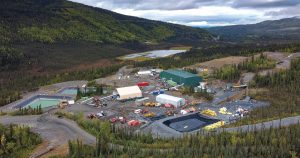
Alexco Resource’s Keno Hill silver project in the Yukon. Credit: Alexco Resource
In our annual look at up-and-coming projects in Canada’s West, CMJ is zeroing on advanced feasibility and permitting-level mining projects in British Columbia and the Yukon that have a good shot at near-term production.
For now, we’ve left advanced projects that have recently taken steps back from feasibility level to an earlier stage – such as Newmont’s Coffee gold project in the Yukon, now at the prefeasibility stage, and Western Copper and Gold’s Casino copper-gold project, also in the Yukon and now at the PEA stage – off the list.
What follows is a summary of seven advanced projects in B.C. and Yukon that, with the help of supportive precious and base metals prices, have shown recent momentum.
Keno Hill – Yukon
Alexco Resource’s Keno Hill silver mine in the Yukon is the most advanced project on our list, ramping up towards full production in the first quarter of 2021. The company, which received a water licence for Keno Hill in July, produced first concentrate at the site, 350 km north of Whitehorse, in November.
The 233-sq.-km project consists of four deposits that will be mined sequentially via cut-and-fill and longhole stoping methods, including Flame & Moth, Bermingham, Lucky Queen, and the past-producing Bellekeno mine – the initial source of ore at Keno Kill. With an eight-year mine life, Keno Hill is expected to produce an average of 4 million oz. of silver per year. Production has begun at a rate of 400 t/d, but Alexco plans to expand the mill to 550 t/d in the third year of operations.
Alexco originally put Bellekeno into production in 2011. Operations at the low-tonnage underground mine were suspended after silver prices fell in 2013.
The existing infrastructure made for a very low capex project. A 2019 prefeasibility pegged the development’s initial capital cost, including a new water treatment plant for Bermingham, at $23.2 million. Using a silver price of US$15.75 per oz. for the first two years, and US$18.25 per oz. for the remainder of the mine life, the study projected Keno Hill’s after-tax net present value (NPV) at $101.3 million (at a 5% discount rate) and its internal rate of return at 74.2%.
Proven and probable reserves at the project total 1.2 million tonnes at a diluted grade of 804 g/t silver, 2.98% lead, 4.13% zinc and 0.34 g/t gold for 30.5 million contained oz. of silver.
Alexco holds the majority of the historic Keno Hill district, one of the highest-grade silver districts in the world, with historic production of more than 214 million oz. silver. The company’s environmental services arm, Alexco Environmental Group, has a contract with the federal government to conduct reclamation activities in the Keno Hill district, while also being able to mine historic and newly discovered deposits.
Blackwater – B.C.
After acquiring the Blackwater gold project in central B.C. from New Gold in August 2020, Artemis Gold is aiming to put the asset into production in 2024.
In August, the developer released the results of an updated prefeasibility study on the project, with a staged development approach. The proposed 23-year open pit operation first includes a five-year phase at a throughput of 5 million tonnes per year, increasing to 12 million tonnes a year for the next five years, before ramping up to 20 million tonnes annually for the remainder of mine life.
In the first stage, Blackwater would generate an average of 248,000 gold oz. a year, at all-in sustaining costs of $668 per oz., increasing to 420,000 oz. annually at all-in sustaining costs (AISCs) of $696 per oz. for the following five years, and then generate 316,000 oz. annually at AISCs of $911 per oz. over its remaining life.
The initial capital cost estimate stands at $592 million. The after-tax net present value estimate for the project comes in at $2.3 billion, at a 5% discount rate, based on US$1,541 per oz. gold and US$19.6 per oz. silver.
Artemis is targeting a higher-grade starter zone (grading approximately 1.5 g/t gold) for the first seven years of mine life.
In November, the company started a 35,000-metre grade control drilling program at the site, focused on mineralization scheduled for the first year of production. The program aims to optimize the first-year mine schedule, increase the data density and more accurately define ore and waste boundaries.
Blackwater reserves total 334 million tonnes, grading 0.75 g/t gold and 5.8 g/t silver – or 0.78 g/t gold-equivalent – and contain 8 million gold oz. and 62.1 million oz. of silver. The deposit remains open and lies within a 1,500-sq.-km land package.
Artemis is aiming to deliver a definitive feasibility study for Blackwater by the middle of next year, which would be followed by construction starting in the second quarter of 2022.
Premier – B.C.
Ascot Resources is working to restart the Premier gold project in B.C.’s Golden Triangle, 25 km from Stewart. The 81.3-sq.-km site includes the Premier, Silver Coin and Big Missouri deposits. Ascot also holds the Red Mountain project, 23 km southwest, with an underground deposit.
There is an existing mill, tailings facility and water treatment plant at the Premier project.
A feasibility study from April 2020 on a development of both the Premier and Red Mountain projects suggests four underground mines across the two sites. The study outlines a restart of the Premier mill at 2,500 t/d, to support an eight-year mining operation producing an average of 132,375 oz. of gold and 370,500 oz. of silver annually at all-in sustaining costs of US$769 per oz.
With an initial capital cost estimate of $146.6 million, the net present value for the project, at a 5% discount rate, stands at $341 million with a 51% internal rate of return.
In December, Ascot closed a US$105-million project financing package with Sprott Private Resource Lending and Beedie Investments for the development of Premier and to repay existing outstanding convertible notes. The package includes a US$80-million senior credit facility and a US$25-million subordinated convertible facility.
In June, the company started a 15,000-metre exploration program at Premier and Red Mountain. By September, Ascot announced the discovery of a new, high-grade zone of gold mineralization, the Day zone, at Premier, 5 km north of the mill.
Measured and indicated resources at Premier and Red Mountain total 7.3 million tonnes grading 7.85 g/t gold and 29 g/t silver for a total of 1.8 million oz. of gold and 6.8 million oz. of silver. Additional inferred resources across the two sites stand at 5.5 million tonnes at 7.11 g/t gold and 27.1 g/t silver, for a further 1.3 million gold oz. and 4.8 million oz. of silver.
The Premier mine produced 2 million oz. of gold and 45 million oz. of silver between 1918 and 1952.
ABM – Yukon
Privately held BMC Minerals is working to develop the Kudz Ze Kayah (KZK) project in south central Yukon, 25 km west of Yukon Zinc’s Wolverine mine and 115 km southeast of Ross River. The road-accessible project is centred on the ABM silver-dominant deposit and also includes the Wolf deposit. An all-season road also runs from KZK to port facilities in Stewart, B.C.
In November, the company announced the results of an updated feasibility study for KZK, which outlined a predominantly open pit operation, mining the ABM and Krakatoa zones within the ABM volcanogenic massive sulphide (VMS) deposit.
Based on the latest study, the 2-million-tonne-per-year operation would have a nine-year life and produce an average of 7.8 million oz. of silver, 56,500 oz. of gold, 235 million lb. of zinc, 32 million lb. of copper and 56 million lb. of lead each year in concentrate during steady-state operations. With all-in sustaining costs estimated at negative US$15.92 per silver oz. (net of byproduct credits) and US$376 million in preproduction capital, the after-tax net present value estimate for the development comes in at US$617 million, based on a 7% discount rate, with a 45.9% internal rate of return.
The concentrates would be hauled to the port of Stewart for export to Asia. BMC is in discussions with multiple potential offtake parties.
In October, the Yukon Environmental and Socio-Economic Assessment Board (YESAB) recommended that the project proceed, which allows BMC to go ahead with the permitting process.
Detailed engineering is expected to start in early 2021. With an expected construction period of 20 months, BMC expects first production from the project in late 2023.
U.K.-based BMC acquired KZK from Teck in 2015. BMC holds a 100% interest in the 159-sq.-km property.
Total open pit and underground reserves at ABM stand at 15.7 million tonnes at 138 g/t silver, 1.3 g/t gold, 5.8% zinc, 0.9% copper and 1.7% lead.
Kemess Underground – B.C.
Centerra Gold acquired the Kemess Underground project in north-central B.C. with its purchase of AuRico Metals in early 2018. Federal approval for the project, 250 km north of Smithers, was granted in 2017 with certain conditions attached. However, Centerra hasn’t yet made the decision to proceed with construction and now appears to be considering a higher-throughput, shorter-life development option for the project.
Centerra submitted some proposed changes to the project to the Impact Assessment Agency of Canada in November 2019, including an increase in the production capacity, modification to the tailings storage facility, and an increase in truck traffic.
The changes are part of a proposal to increase production to 37,500 t/d from 25,000 t/d at the project, resulting in a reduced mine life of 11 years compared with 13 previously.
The Impact Assessment Agency has reviewed Centerra’s proposal and made minor changes to the project approval conditions that were open for public comment until September 2020.
A 2016 feasibility study by AuRico Metals pegged preproduction development costs for Kemess Underground at $603 million. The project could produce 105,000 oz. gold and 44 million lb. copper per year over a 12-year mine life using block caving methods.
Centerra’s Kemess property hosts the past producing Kemess South open pit mine (1998-2011); Kemess Underground, which is 6.5 km north of the existing processing plant and infrastructure; and Kemess East, which was evaluated as a panel caving operation in a 2017 preliminary economic assessment by AuRico.
Kutcho – B.C.
Kutcho Copper began a feasibility study on its high-grade copper-zinc Kutcho project in northwestern B.C., 100 km east of Dease Lake, in November.
The company cited the rising copper price and the wider trend towards electrification in its decision to move forward with the study, which should be complete in the second quarter of 2021. The Vancouver-based junior acquired the project from Capstone Mining in late 2017.
The feasibility study will build on a 2017 prefeasibility study that outlined a 2,500 t/d underground operation at Kutcho with a 12-year mine life and a low initial capital cost of $221 million. Average annual production was forecast at 33 million lb. of copper and 42 million lb. of zinc. Concentrate would be produced onsite and trucked to the port at Stewart for shipping.
The prefeasibility study projected the development’s after-tax net present value (at an 8% discount rate) at $265 million and its internal rate of return of 27.6%. Notably, the positive economics were based on metal prices of US$2.75 per lb. copper, US$1.10 per lb. zinc, US$17 per oz. silver, US$1,250 per oz. gold, and an exchange rate of US75¢ per dollar.
Kutcho consists of the Main, Esso and Sumac volcanogenic massive sulphide (VMS) deposits. Together, they hold measured and indicated resources (last updated in 2019) totalling 17.3 million tonnes grading 1.85% copper, 2.72% zinc, 0.49 g/t gold and 33.9 g/t silver. Inferred resources add 10.7 million tonnes grading 1.18% copper, 1.76% zinc, 0.26 g/t gold and 21.5 g/t silver.
Recent metallurgical work has pointed to improved recoveries of up to 96.4% for copper, 82.9% for silver and 70.4% for gold.
In September 2019, the company filed a project description for Kutcho and kicked off the provincial Environmental Assessment process.
Cariboo – B.C.
Newly launched Osisko Development Corp.’s flagship asset is the Cariboo gold project, near Wells, B.C. The company – a spinout from Osisko Gold Royalties – is working on a feasibility study for the project that’s expected to be completed in the second half of 2021.
After completing a reverse takeover transaction, Osisko Development began trading in early December. Sean Roosen has transitioned from CEO of Osisko Royalties to lead the new company. The royalty company acquired Barkerville in late 2019.
After the Cariboo feasibility study is completed next year, Osisko expects full permits to follow in 2022, followed by a relatively short construction period, given the existing infrastructure at the brownfield site, including the permitted 1,000 t/d QR mill, 120 km km by road from Wells.
A 2019 preliminary economic assessment by Barkerville Gold Mines outlined a US$305.5-million, 4,000 t/d underground operation at Cariboo that could produce 185,000 oz. gold per year for 11 years. At a 5% discount rate, the PEA forecast the project’s after-tax NPV at $541.1 million and its IRR at 28.1%.
Now planning and permitting for a larger, 4,750 t/d operation, Osisko has updated the initial cost estimate to $440 million (US$337.2 million). The company also plans to apply for a permit amendment to increase throughput to 6,000 t/d following construction and ramp-up of the operation.
The company, which holds 2,017 sq. km in the historic mining district, has also stressed that it sees Cariboo as a mining camp, rather than a single project.
There are currently eight drill rigs at site conducting a 40,000-metre drill campaign that was started earlier this year (with three drill rigs) by Osisko Gold Royalties.
In October 2020, Osisko updated the Cariboo resource to 3.2 million oz. gold in measured and indicated resources totalling 21.4 million tonnes grading 4.6 g/t gold. Inferred resources add 2.7 million oz. in 21.6 million tonnes grading 3.9 g/t gold.
Before Cariboo is developed, Osisko is targeting small-scale production from its nearby Bonanza Ledge II project in the first quarter of 2021. The project, which is currently in the permitting and construction phase, is expected to produce 62,000 oz. gold over its first two years of operation. It holds measured and indicated resources of 1.9 million tonnes grading 4.4 g/t gold for 271,000 oz., plus an inferred resource of 2.4 million tonnes grading 3.1 g/t gold for 241,000 oz.
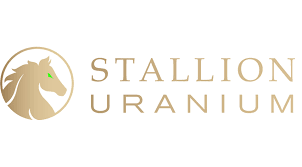
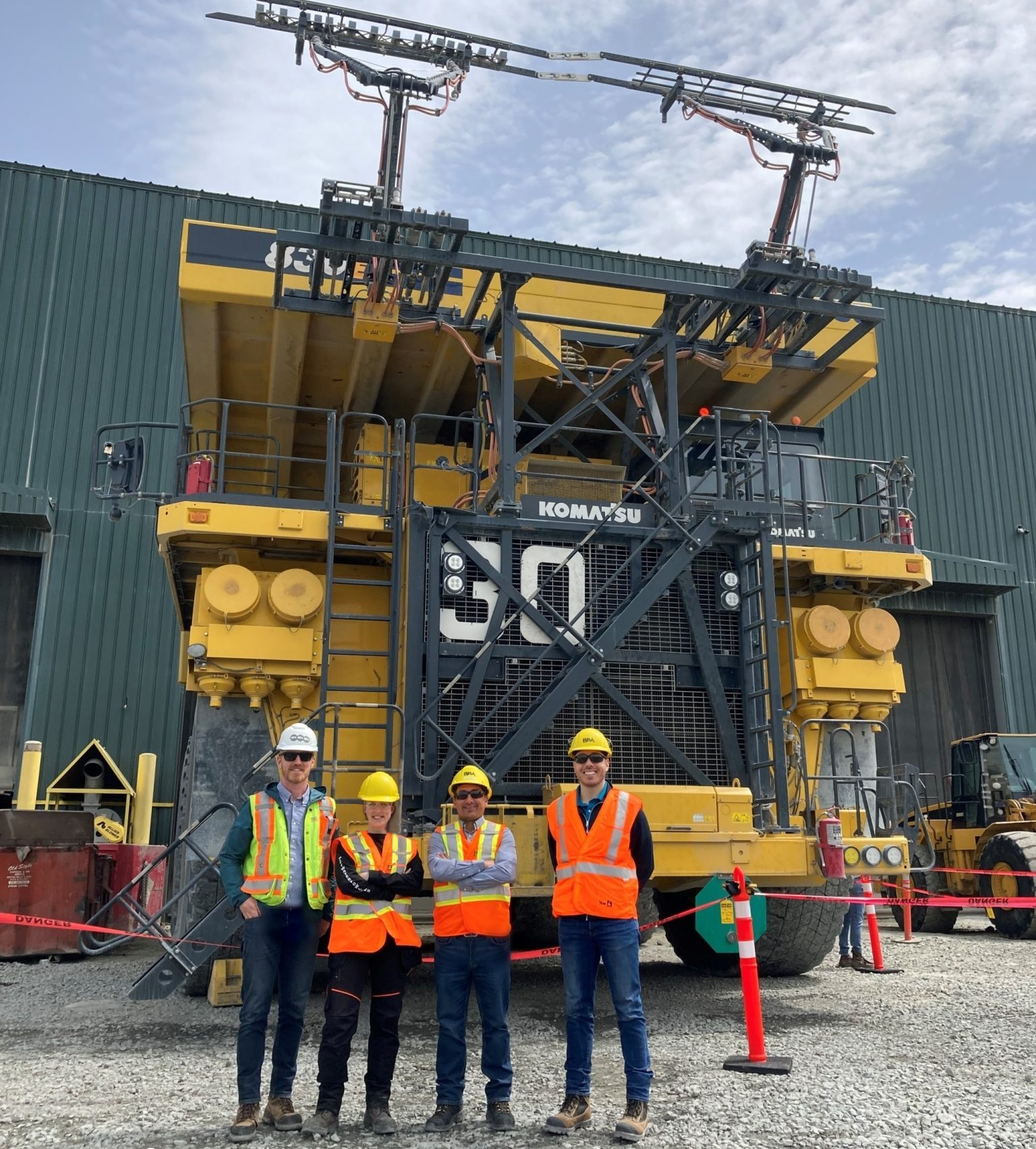
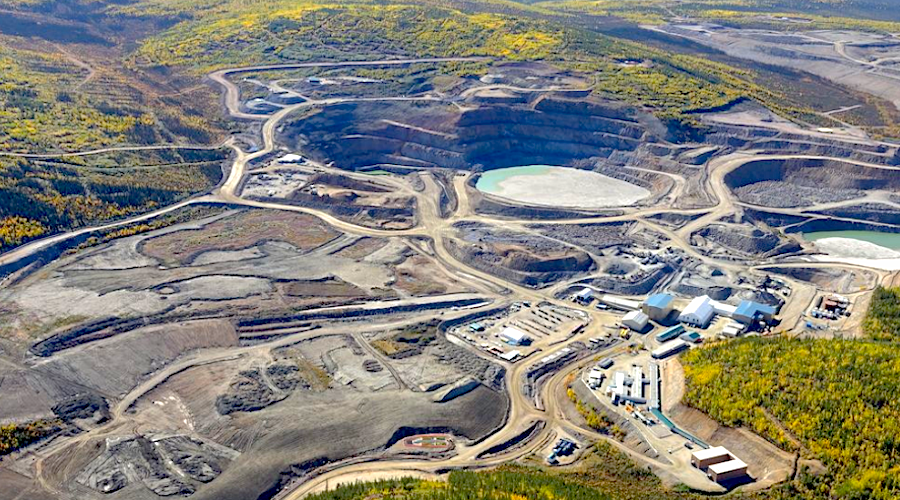
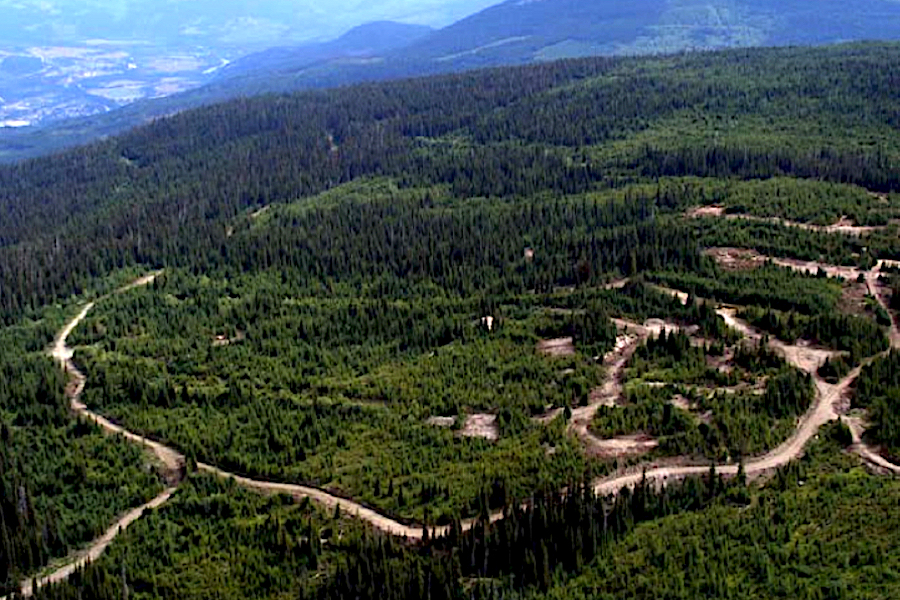
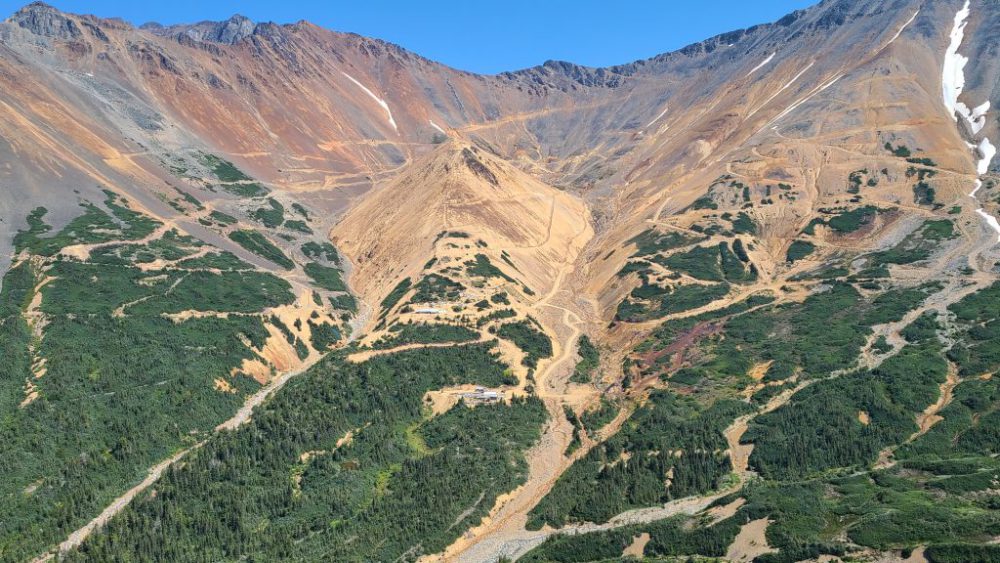
Comments